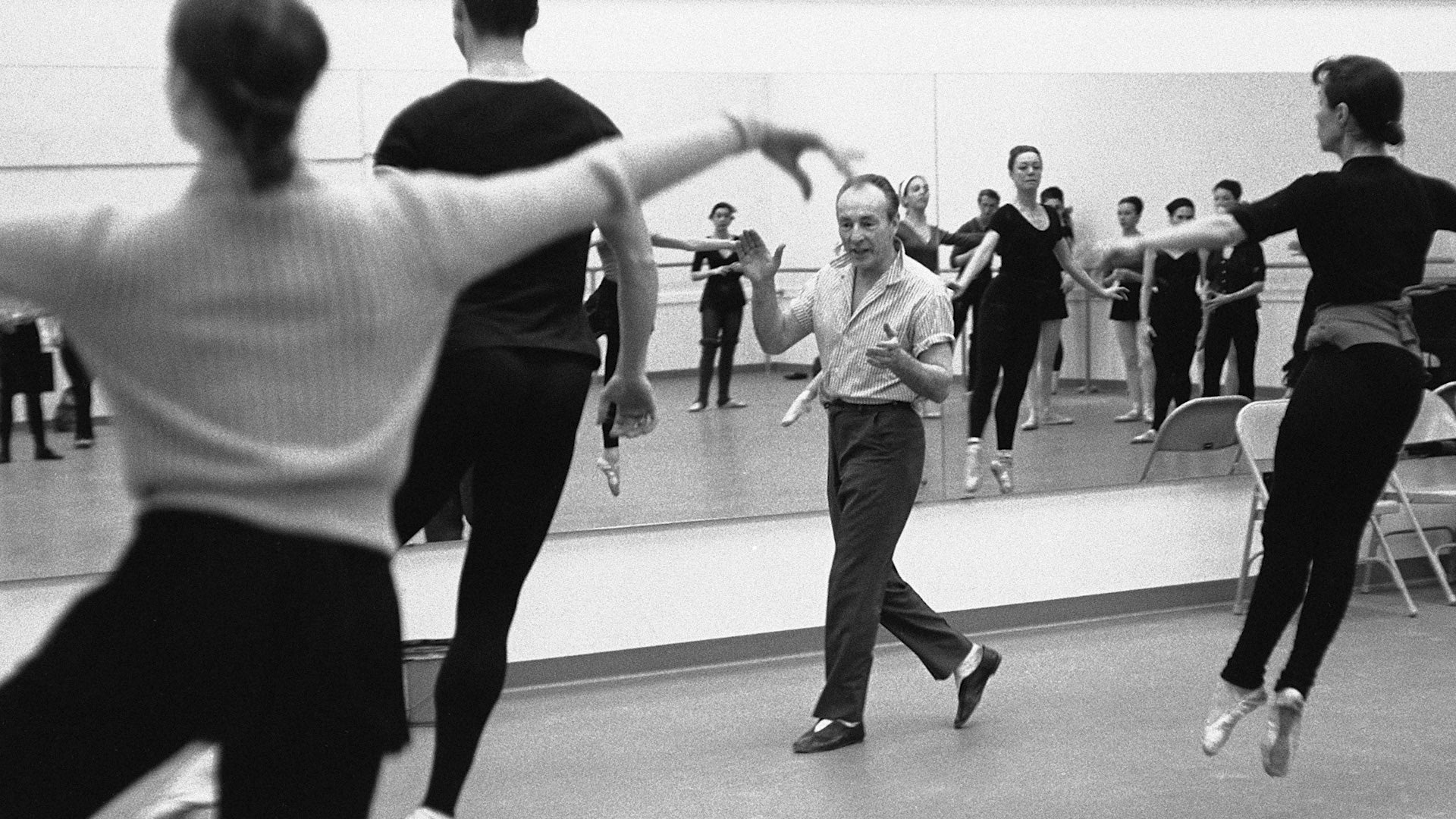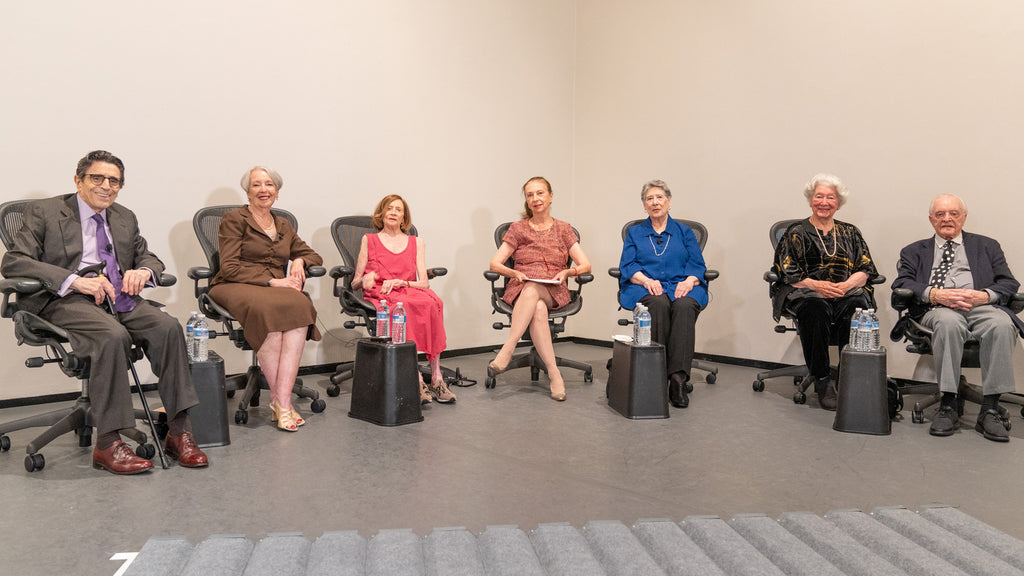Spellbound
Two performers crawl in on hands and knees wearing neon green, hooded coveralls—the lightweight papery kind made for working in a sterile environment—and clusters of balloons pinned to their backs.
Plus
World-class review of ballet and dance.
Early this week, the world of New York City Ballet was enlivened by the arrival of more than two hundred dancers, all former members of the troupe. The company is celebrating its 75th year of existence. Some of these dancers, like Robert Barnett, age 98, were there practically at the very beginning. Barnett joined in the company’s second season, in 1949, as did Barbara Bocher Henry, who signed up when she was only fourteen. The two were often partnered onstage in the four years they overlapped at the company. Both traveled to New York for the festivities.



“Uncommonly intelligent, substantial coverage.”
Your weekly source for world-class dance reviews, interviews, articles, and more.
Already a paid subscriber? Login

Two performers crawl in on hands and knees wearing neon green, hooded coveralls—the lightweight papery kind made for working in a sterile environment—and clusters of balloons pinned to their backs.
PlusWill Rawls makes boundaries visible by defying them. Known for the disciplinary and topical range of his projects, the choreographer, director, and performer approaches issues of representation in “[siccer],” a multi-part, multi-site work co-presented by L’Alliance New York’s Crossing the Line Festival. A live performance at Performance Space New York accompanies a multimedia installation at the Kitchen, a book published by Wendy’s Subway, and an album published by the artist. With a creative process reaching back to 2018, the work delves explicitly into pandemic-era energies and inertias with focused intimacy and a pervasive sense of instability.
PlusIt is always interesting when multiple theme steps emerge over the course of a mixed repertory evening, but it is uncanny on one featuring five different ballets, each with a different choreographer and composer, covering a twenty-year span (2005-2025).
PlusZvidance premiered its new work “Dandelion” mid-November at New York Live Arts. Founded by Zvi Gotheiner in 1989, Zvidance has been a steady presence in the New York contemporary dance scene, a reliable source of compositional integrity, and a magnet for wonderful dancers.
Plus
Even better!
While Barbara Bocher Henry was clearly a gifted strong technician, when asked to confirm Robert Barnett’s memory of her executing an unassisted arabesque promenade en pointe, she could not take credit. She could however do it unassisted on demi-pointe and once remembers doing 10 pirouettes en pointe at La Scala!